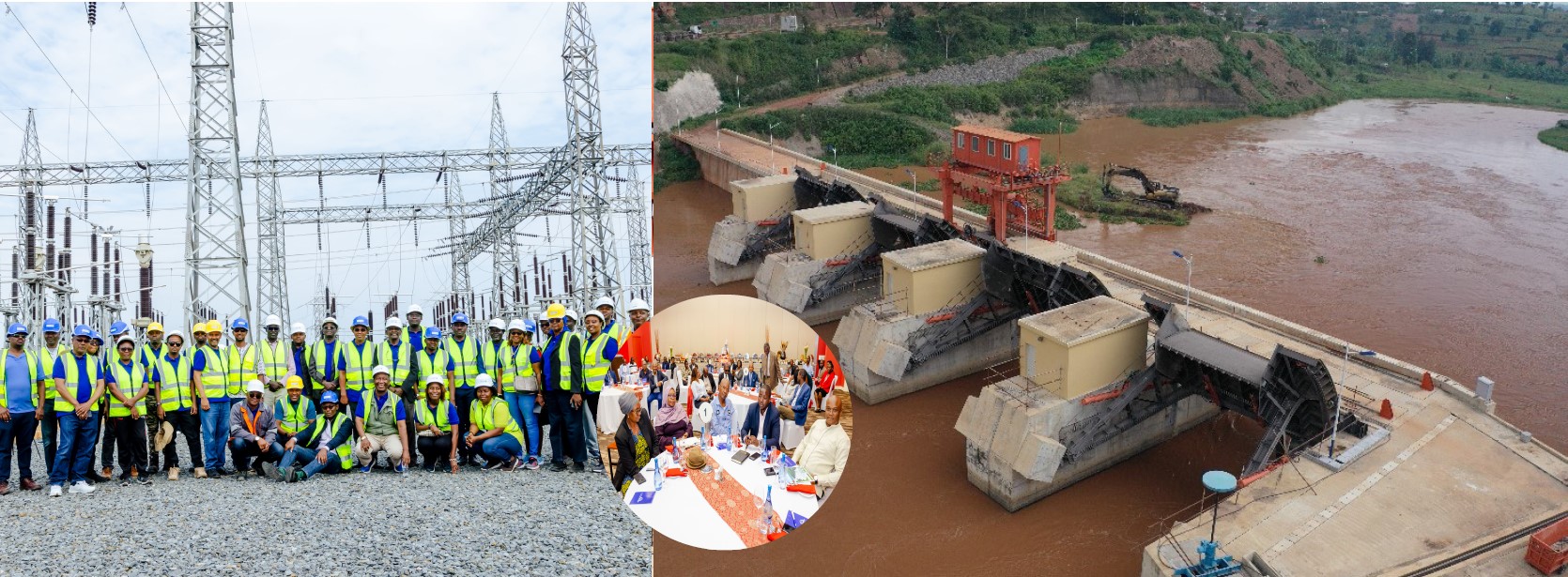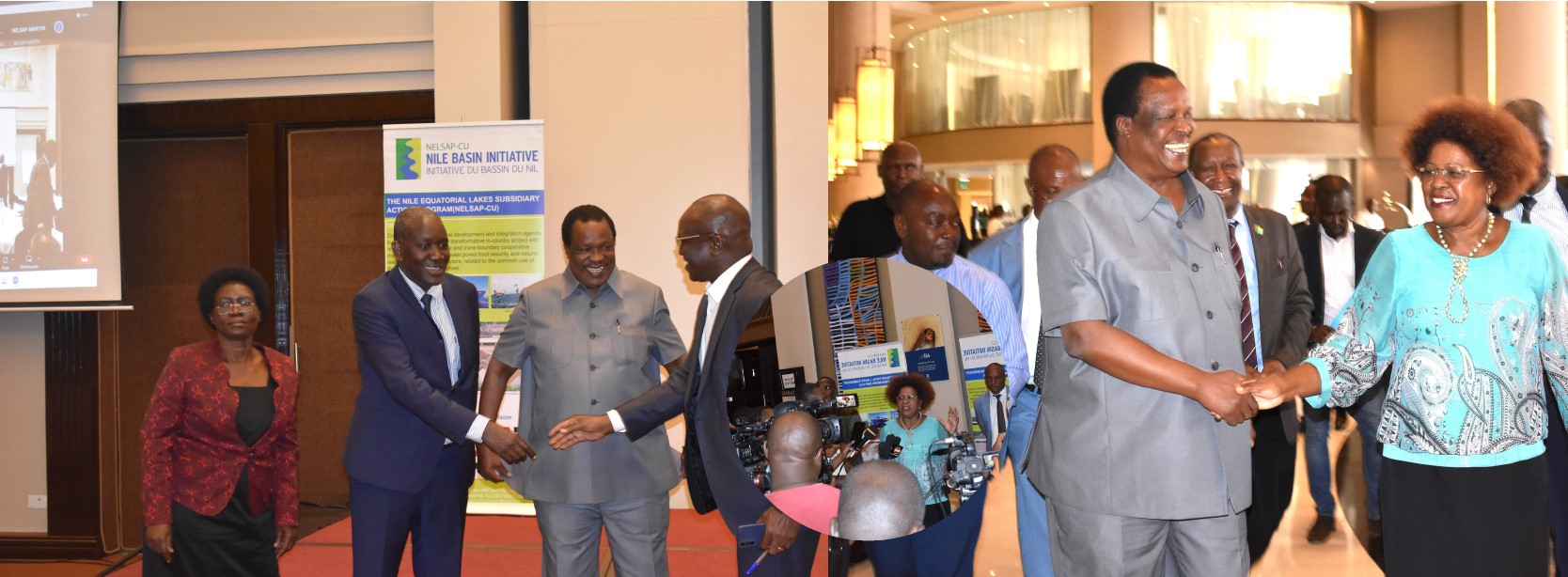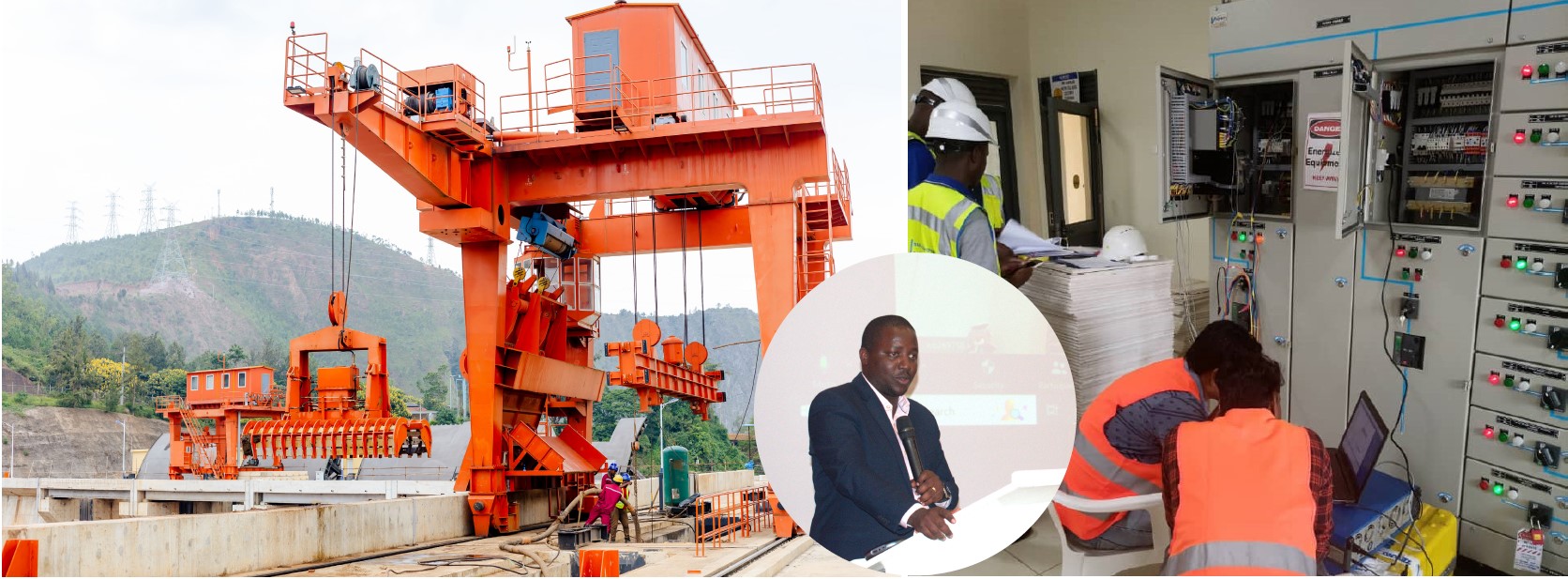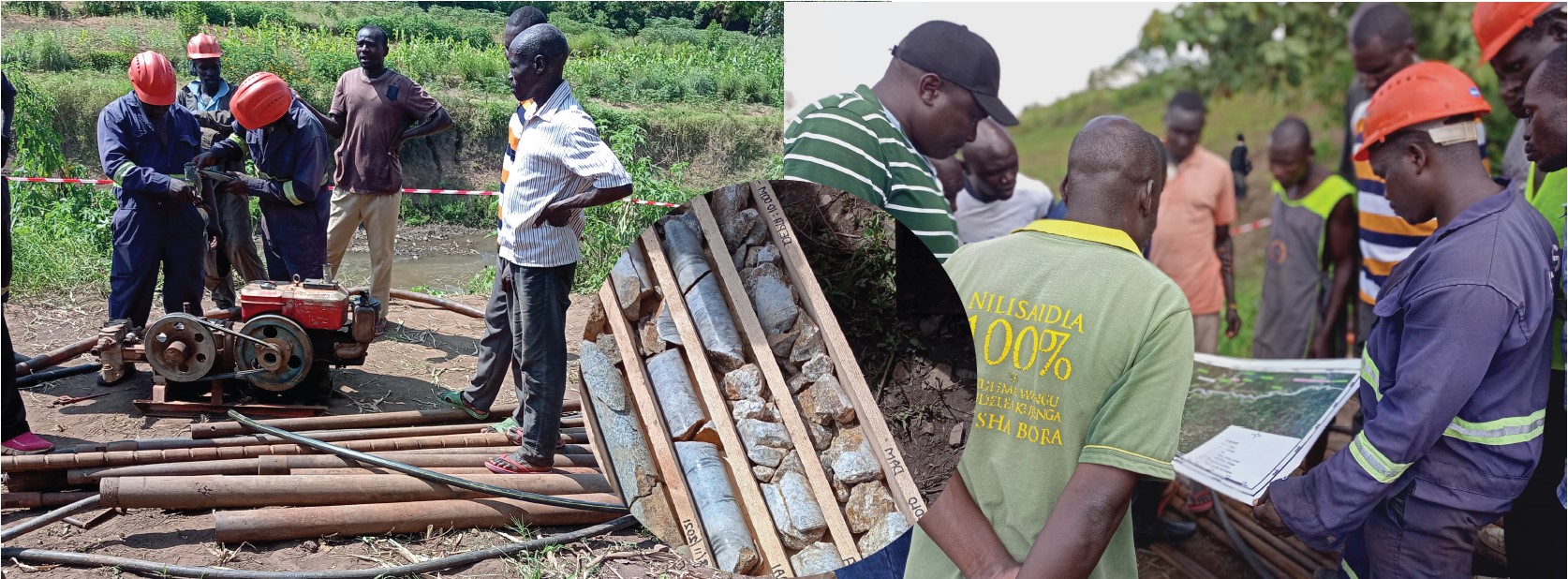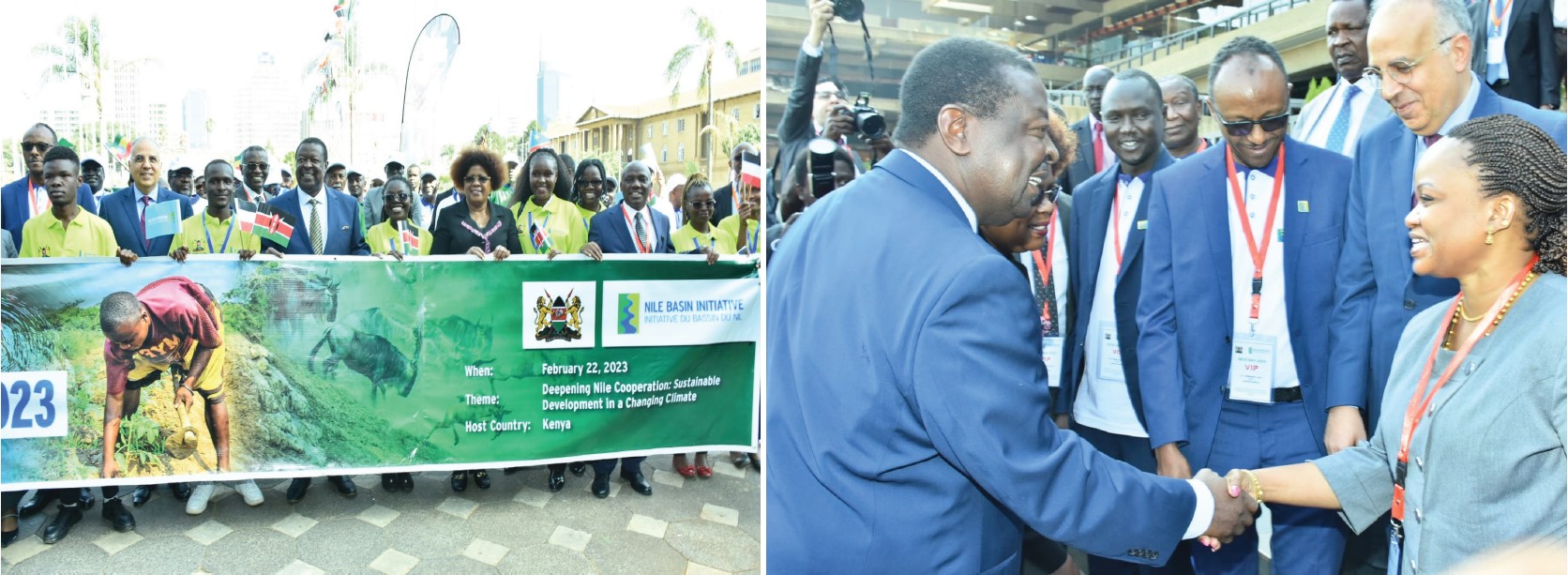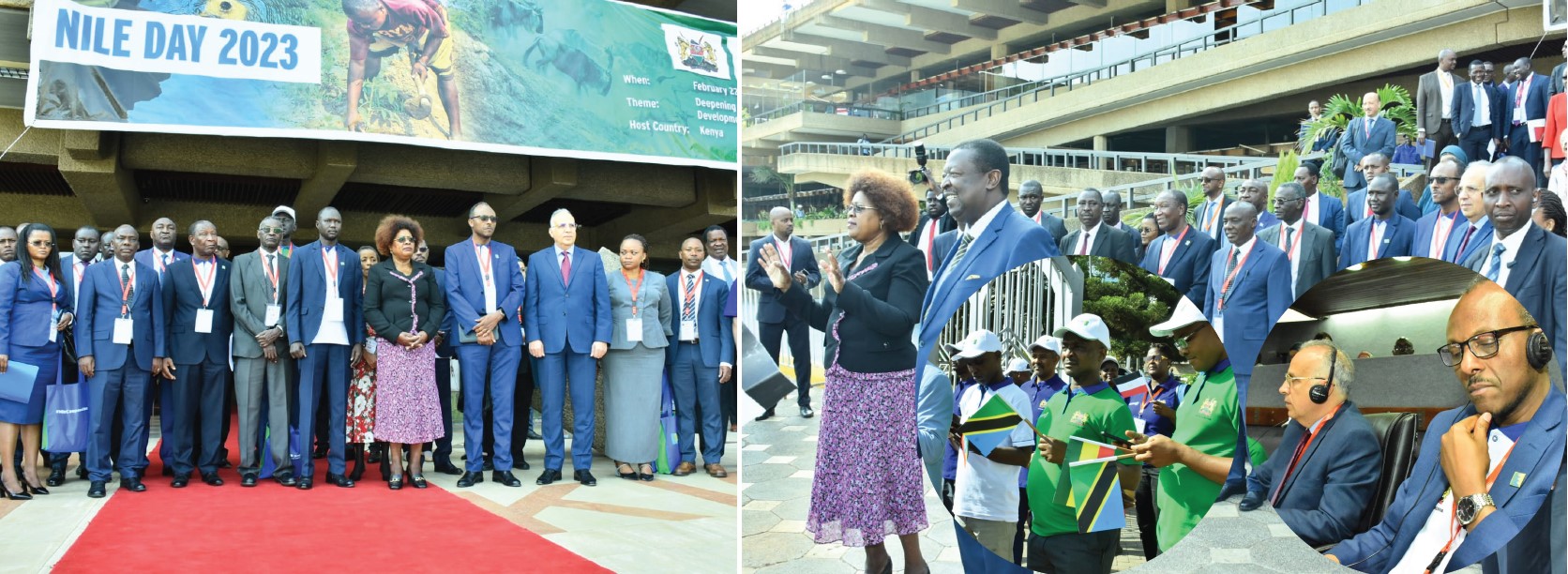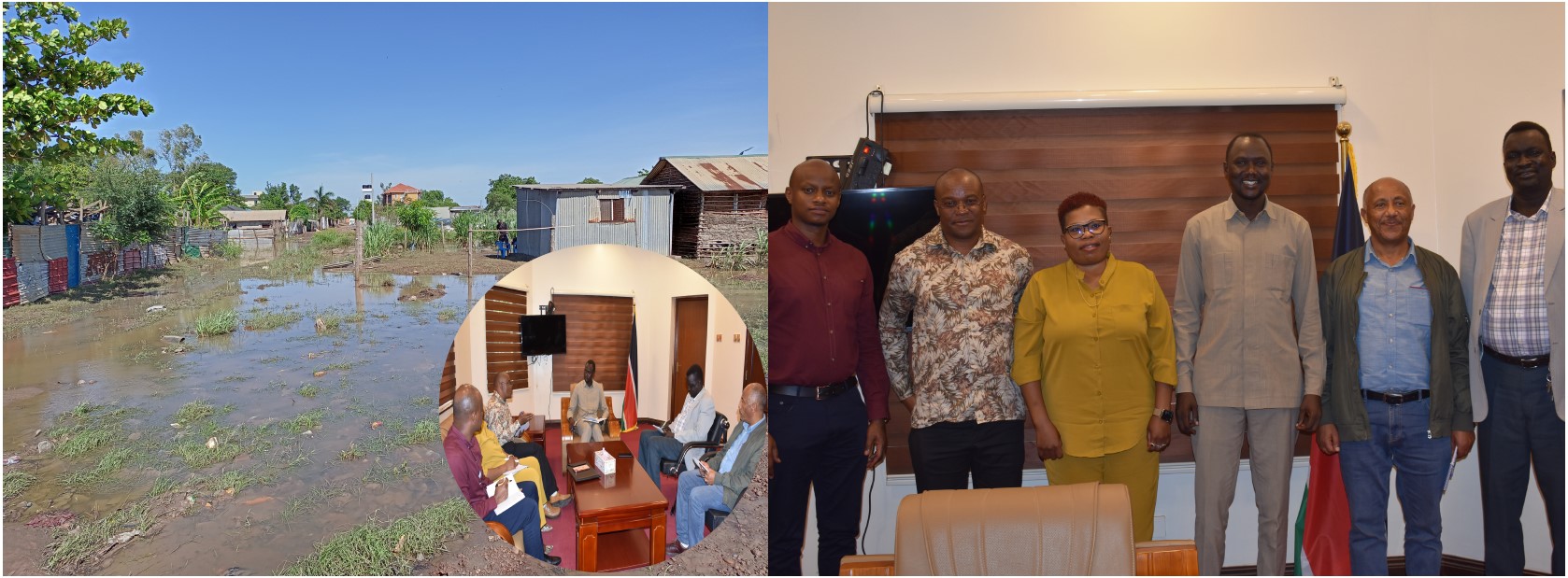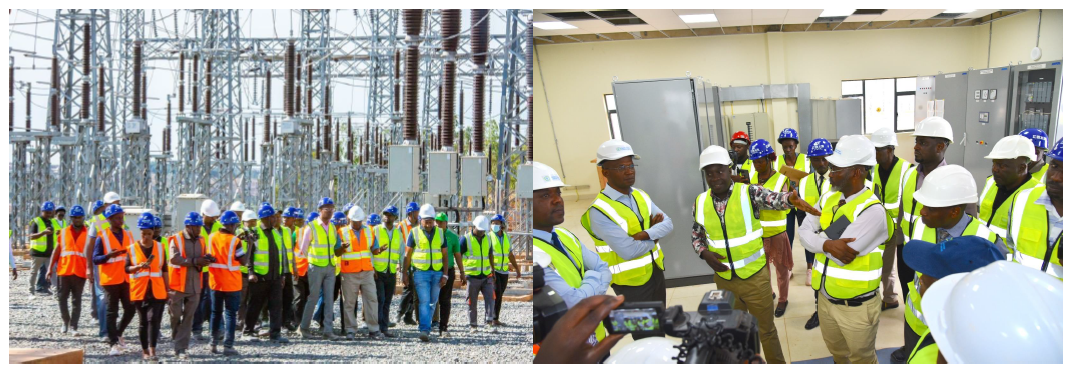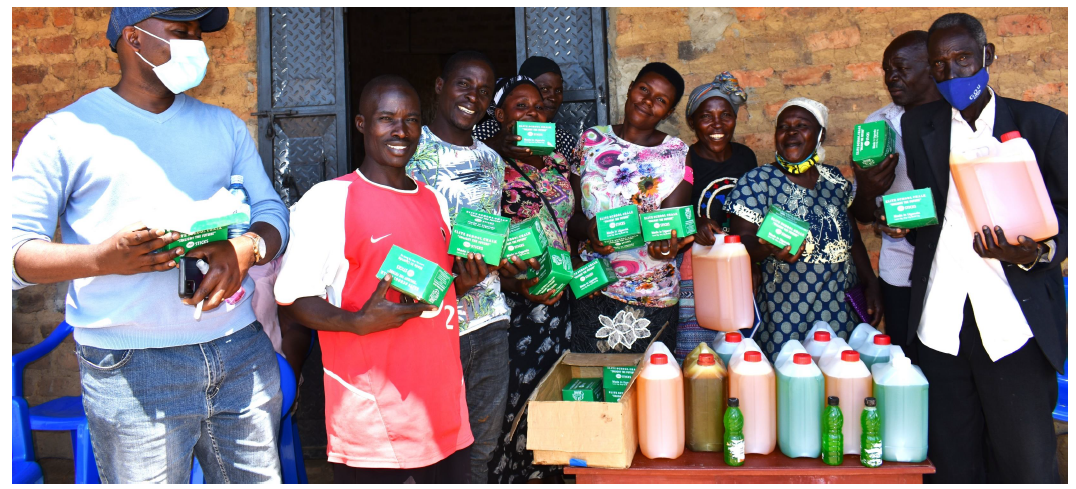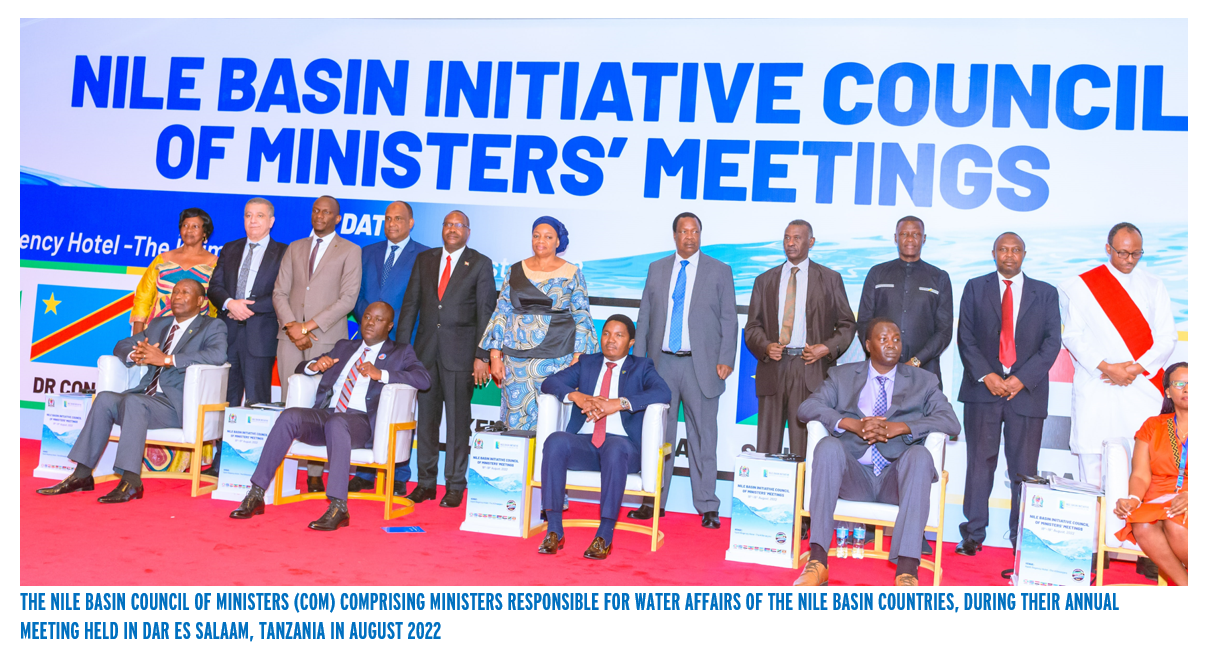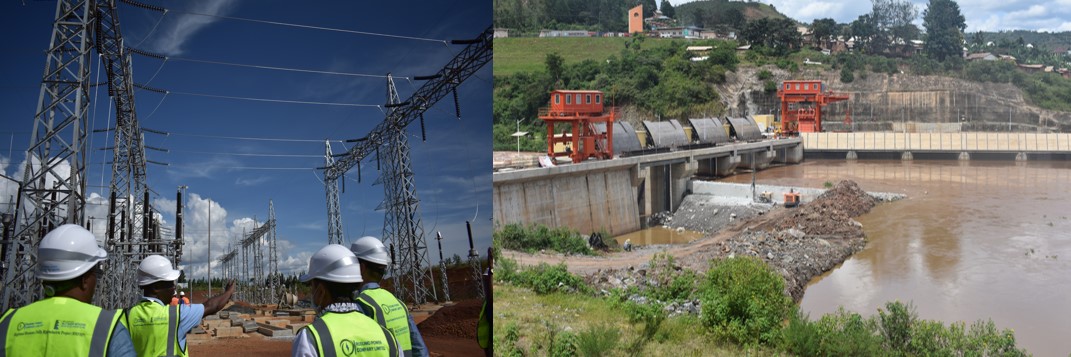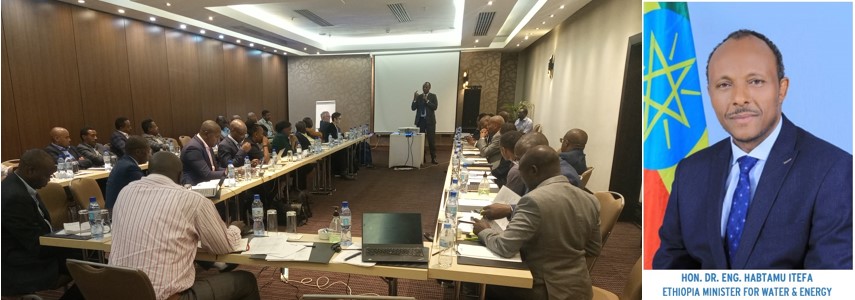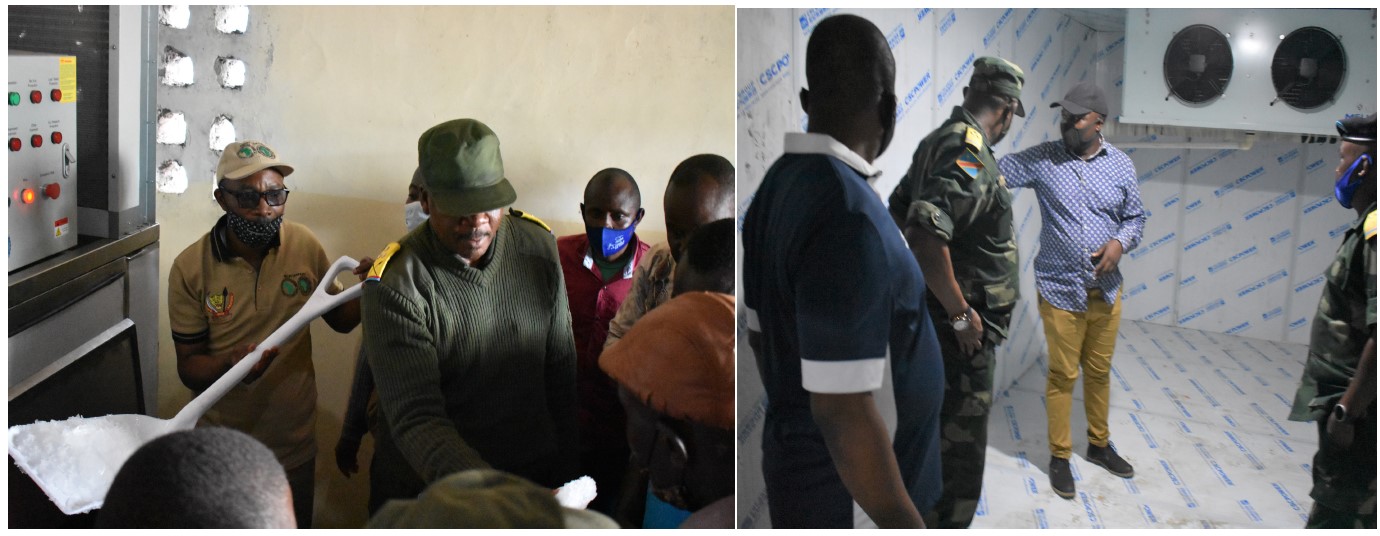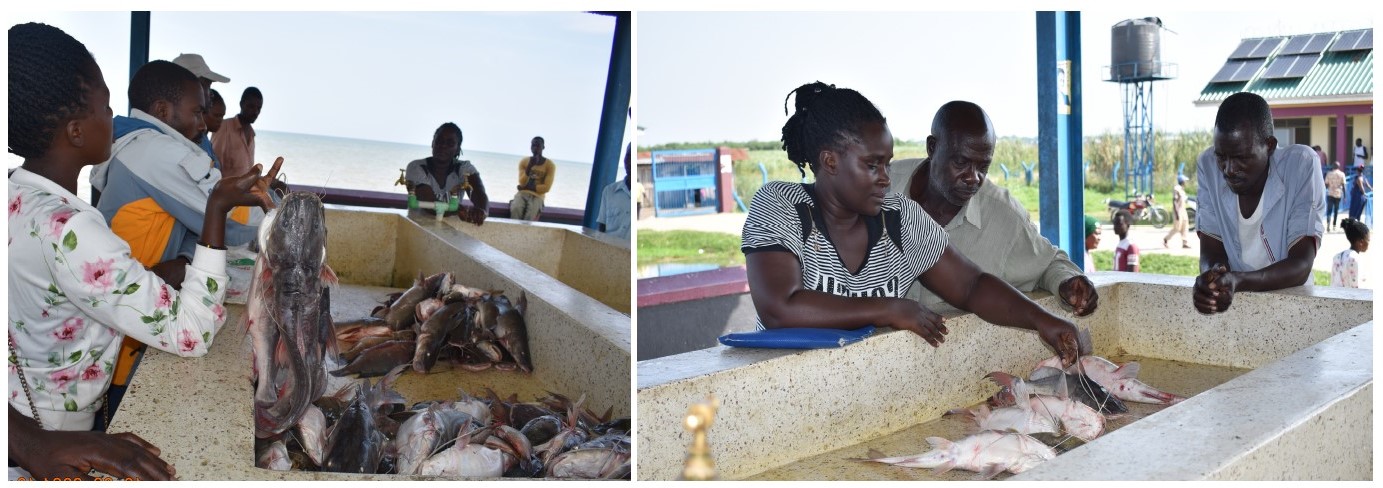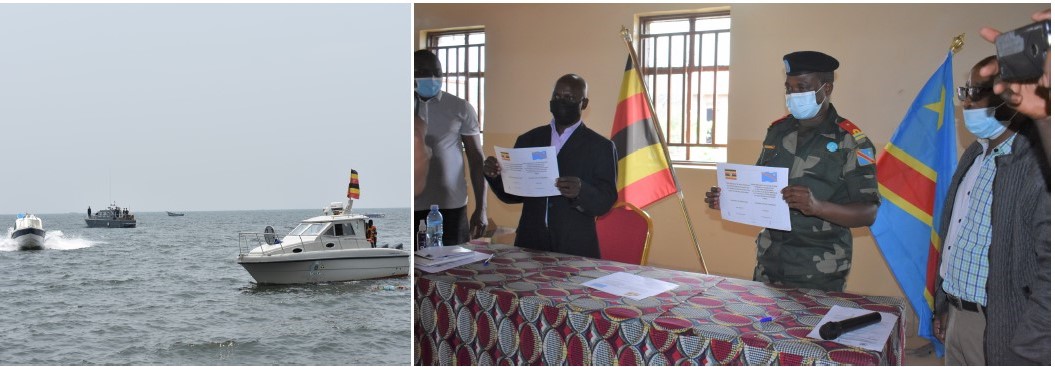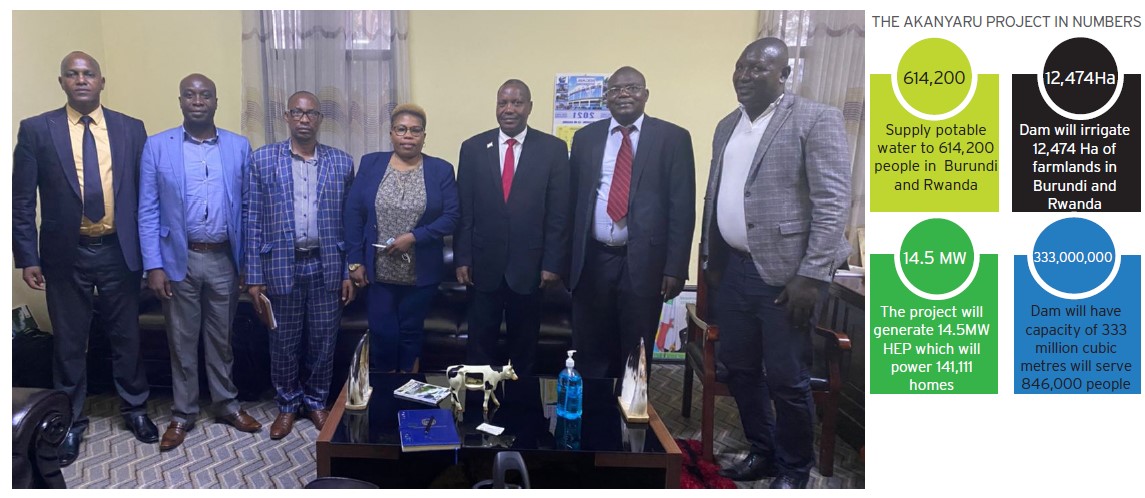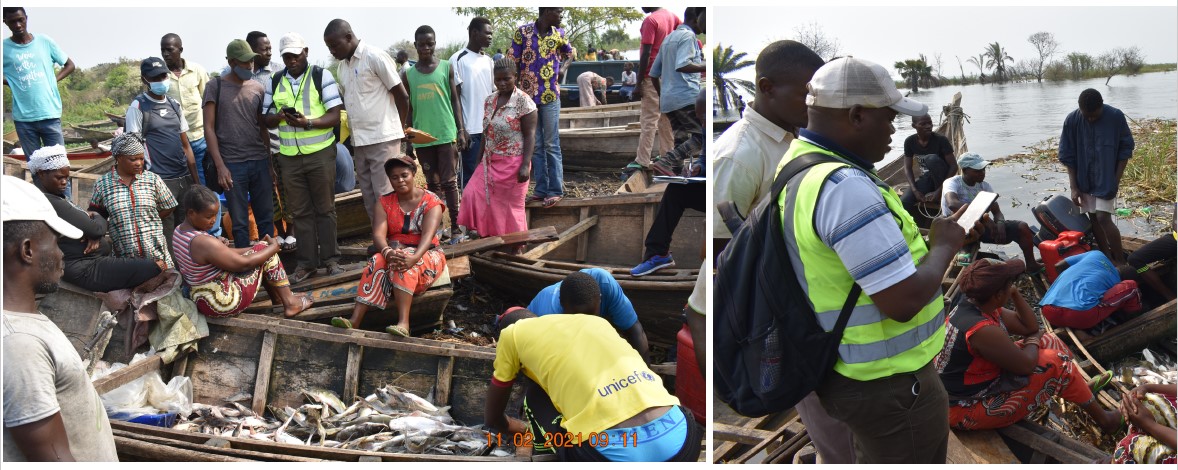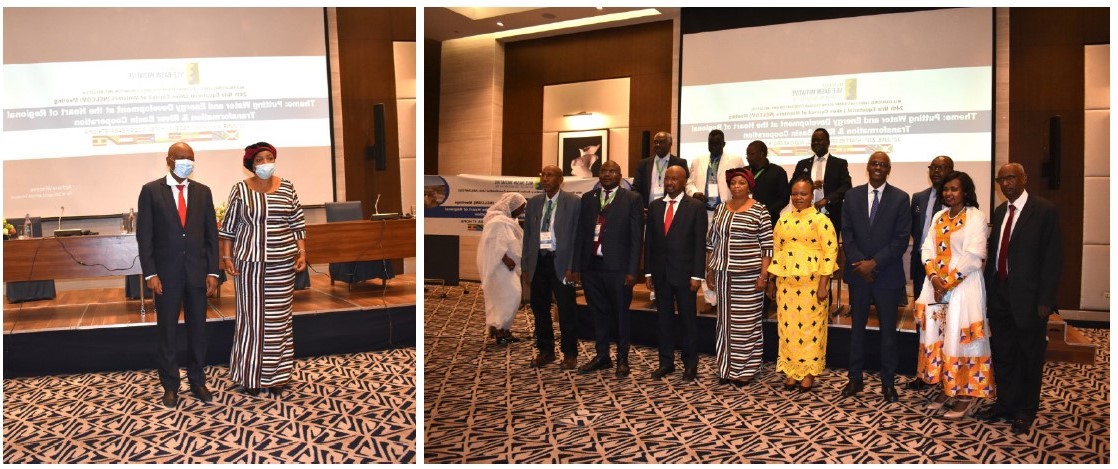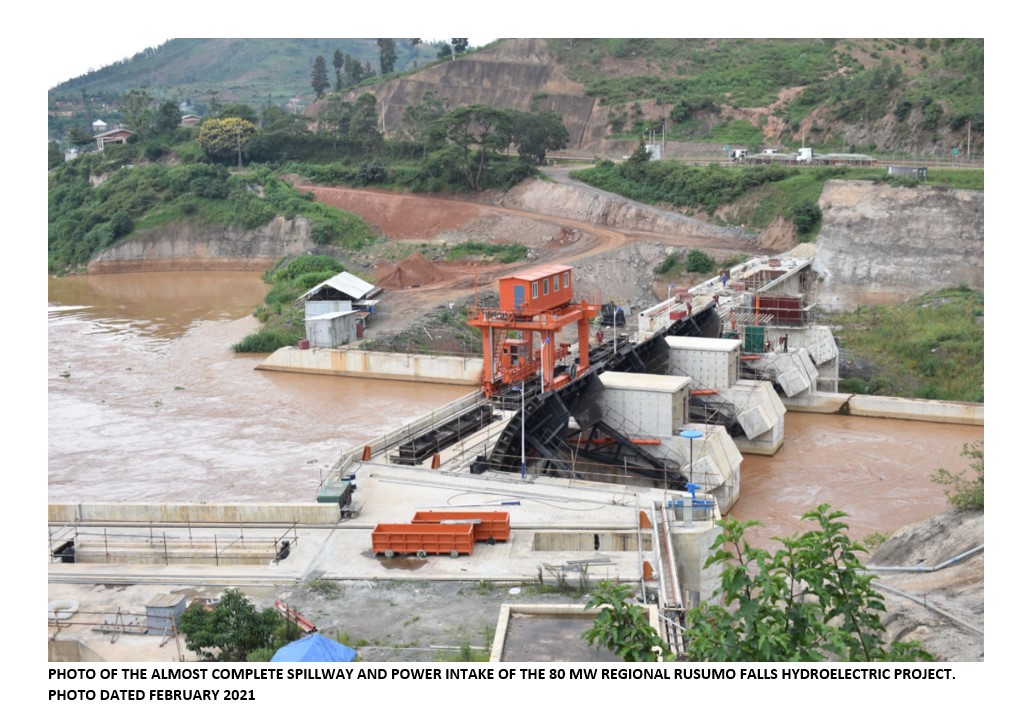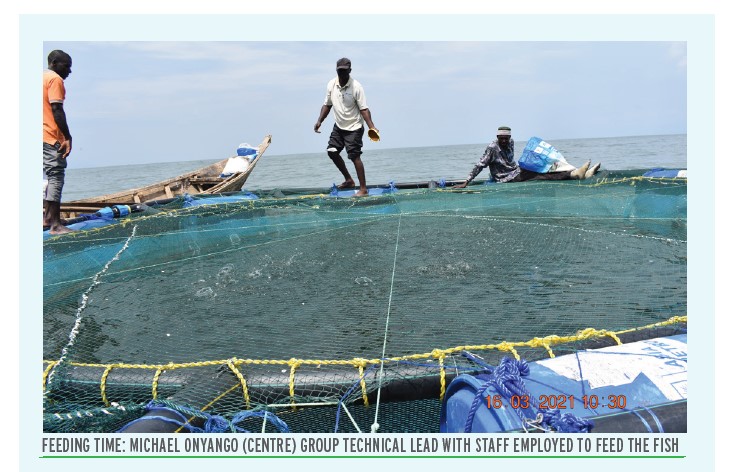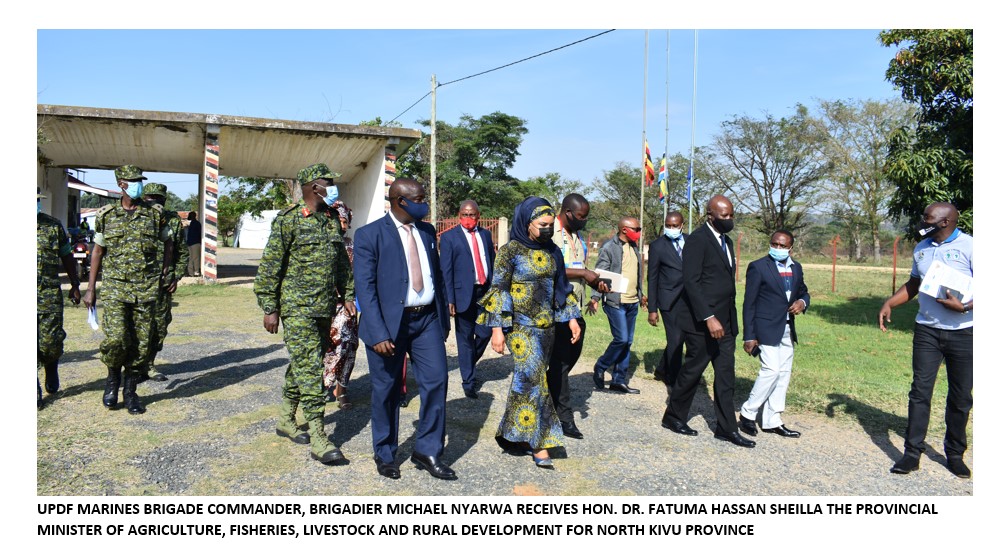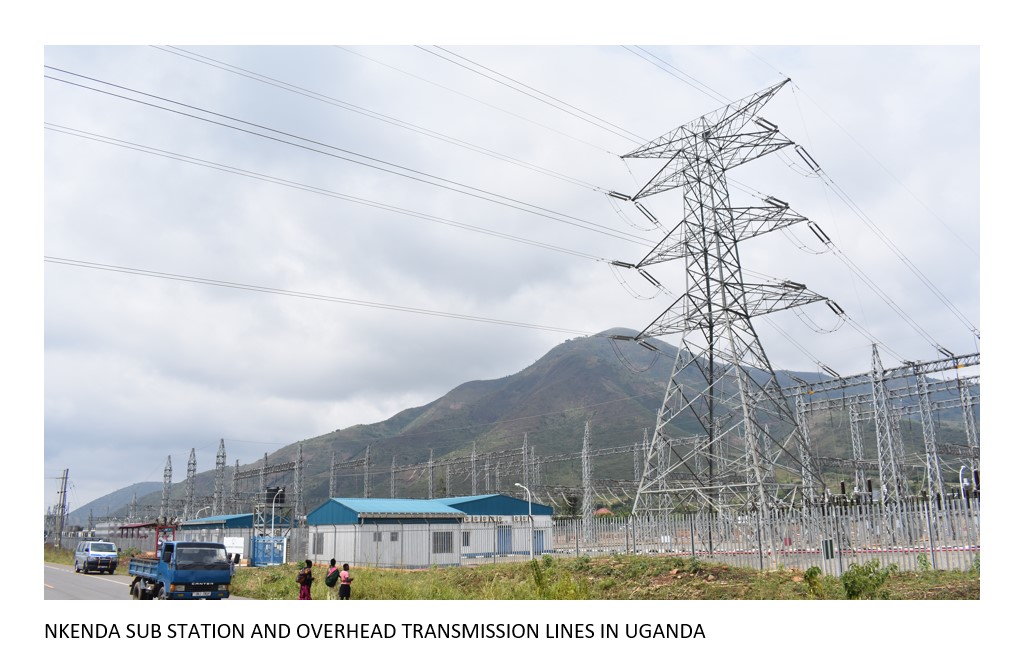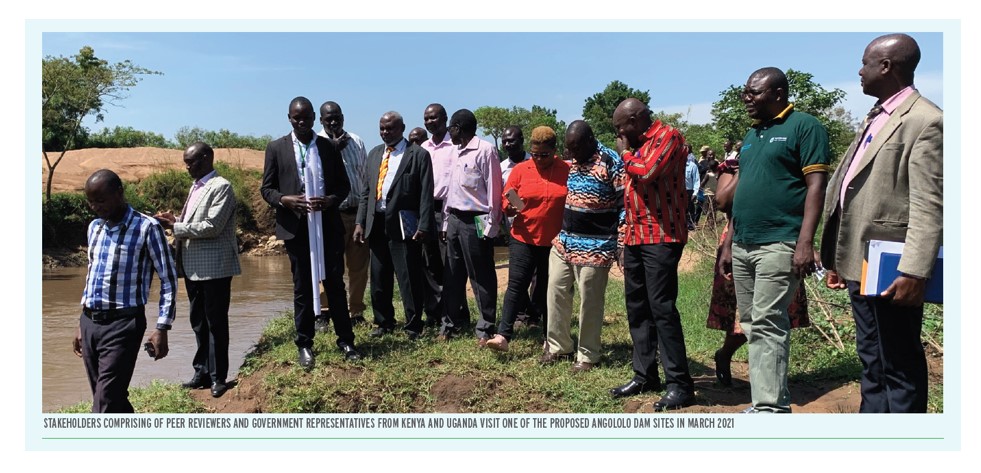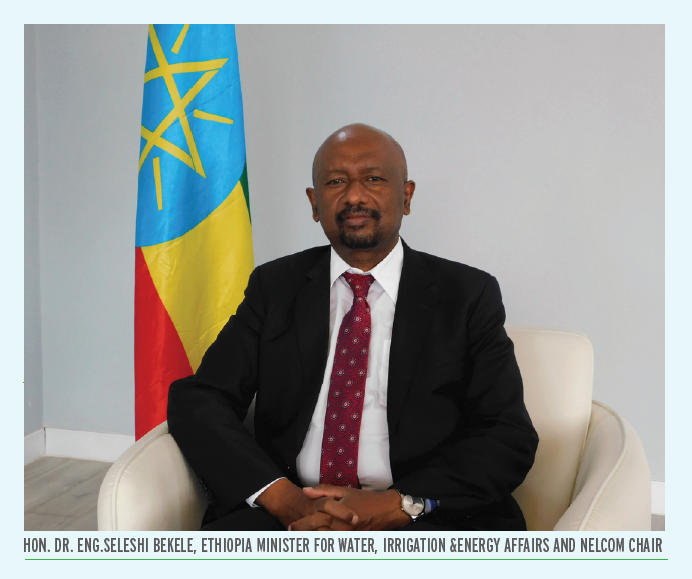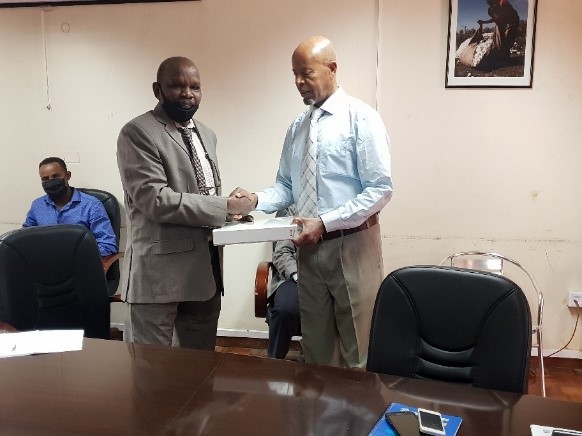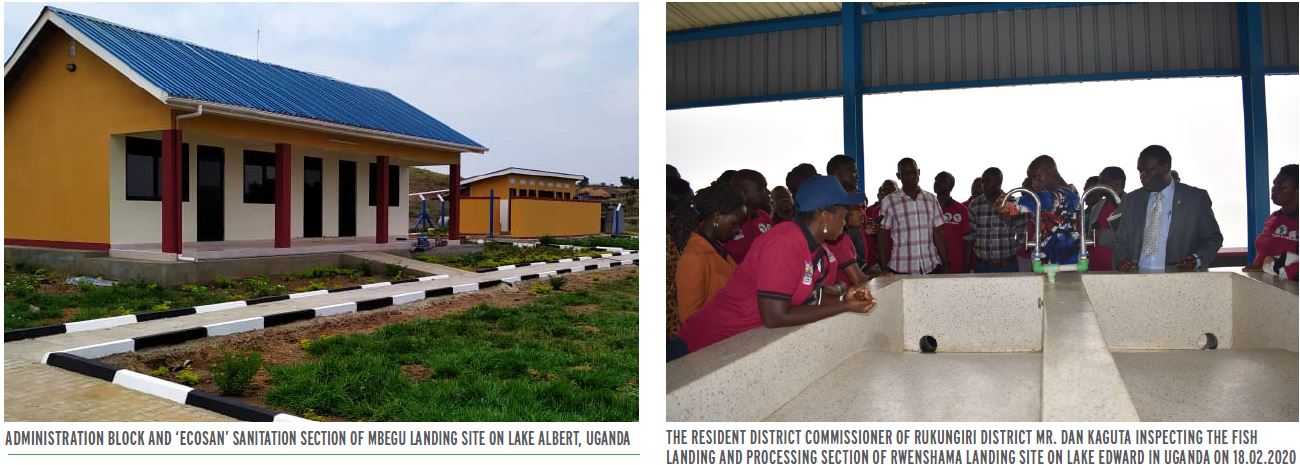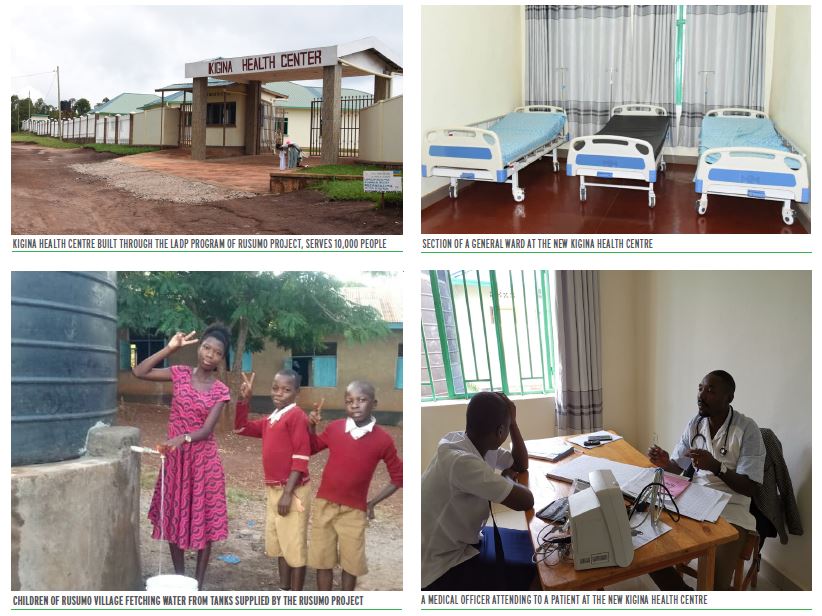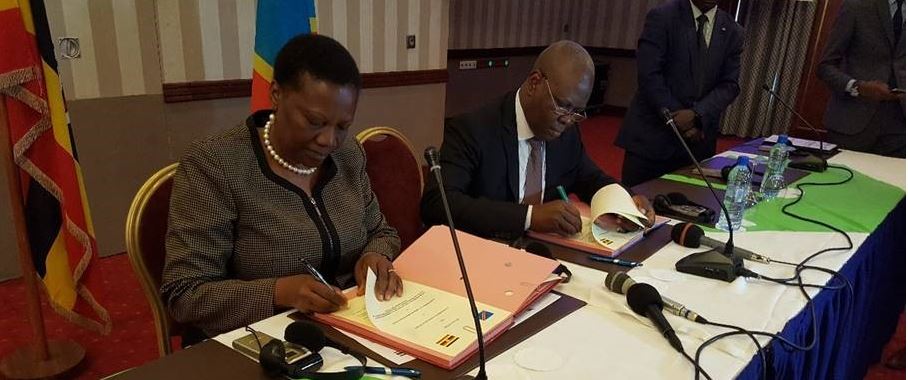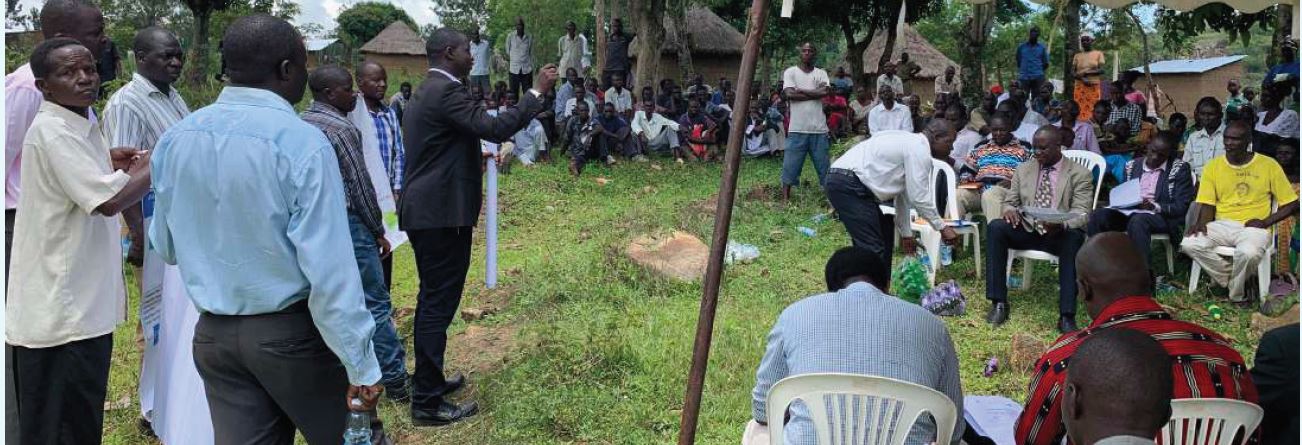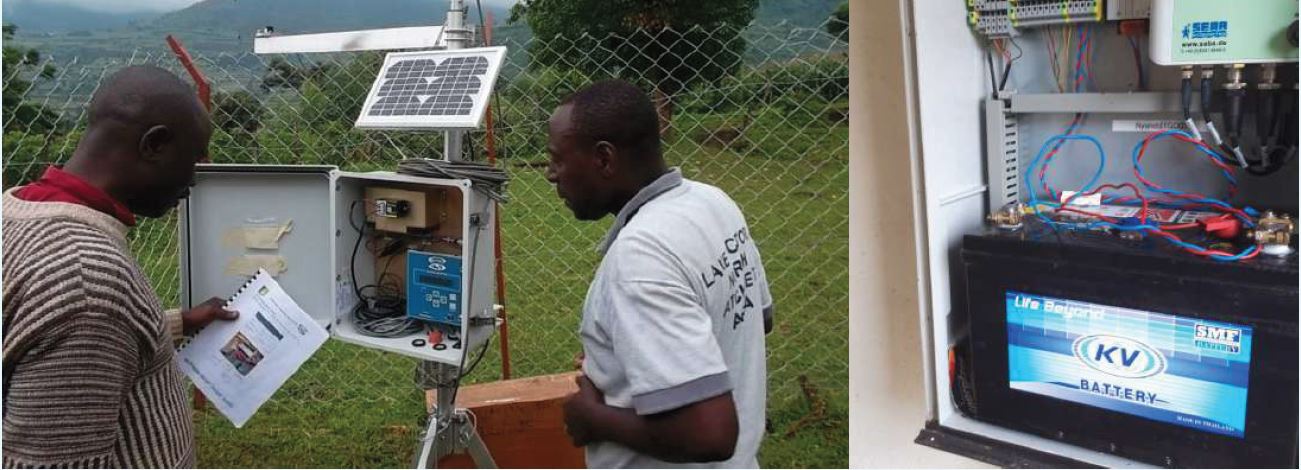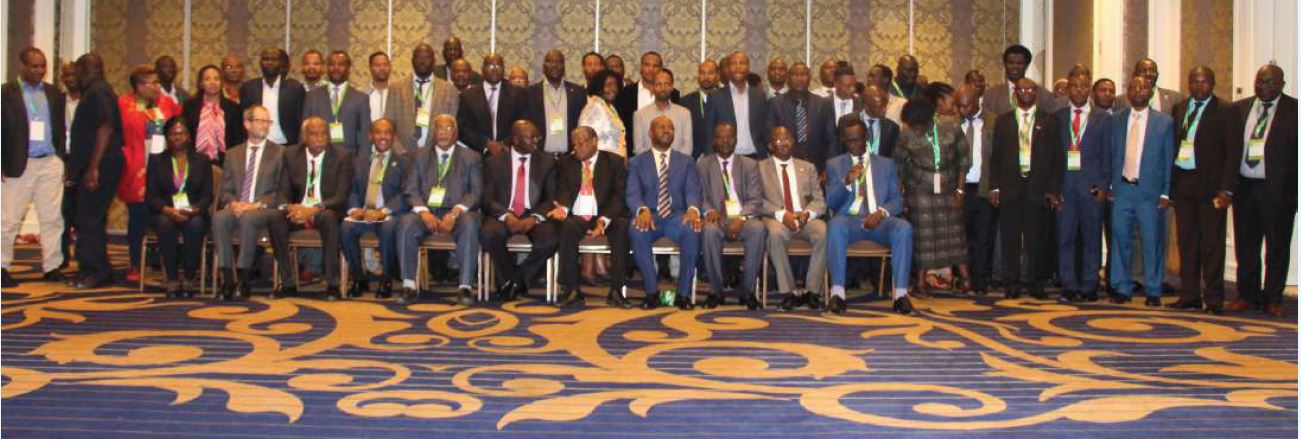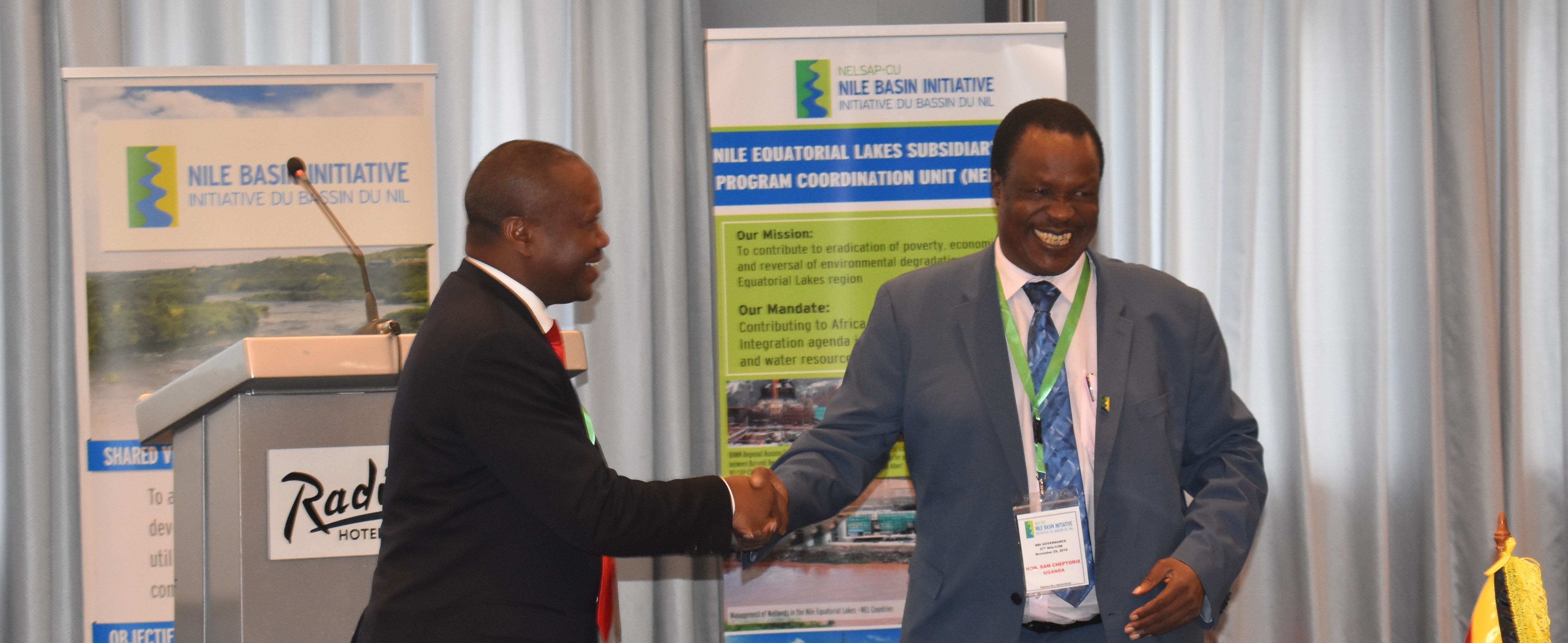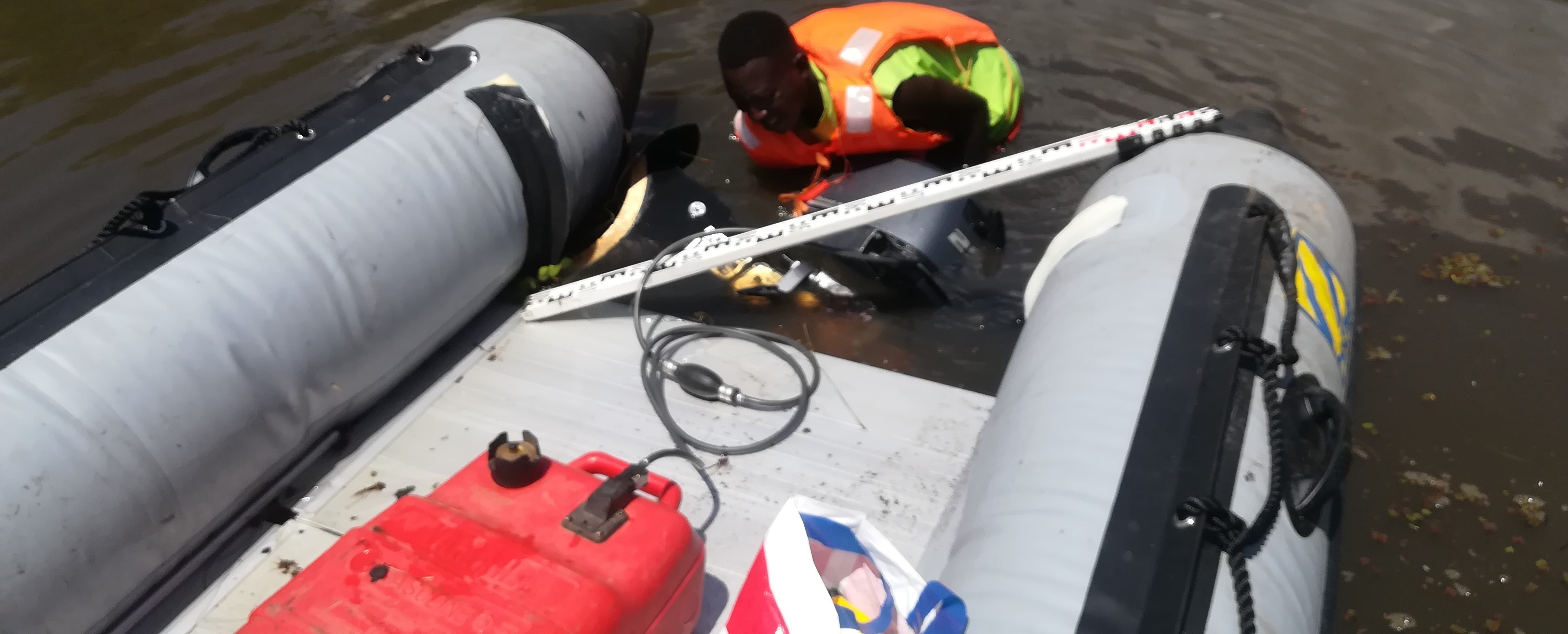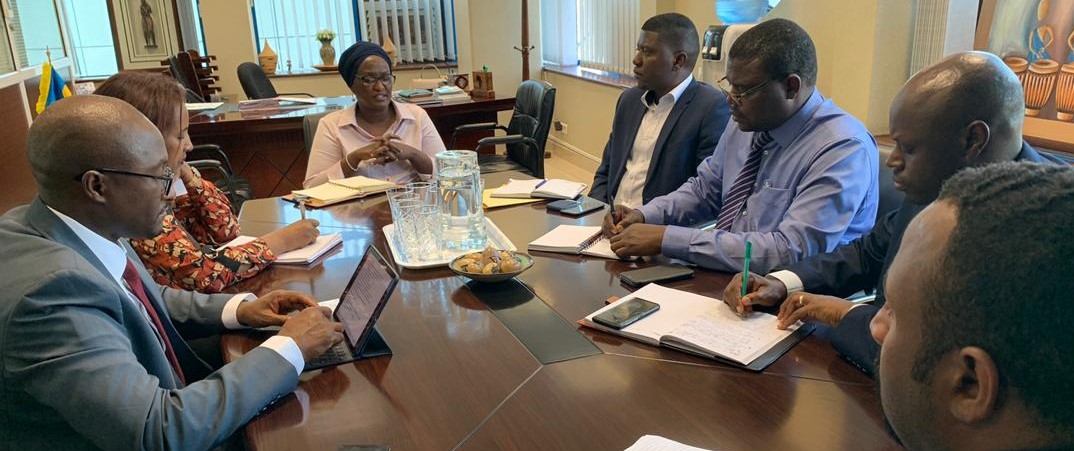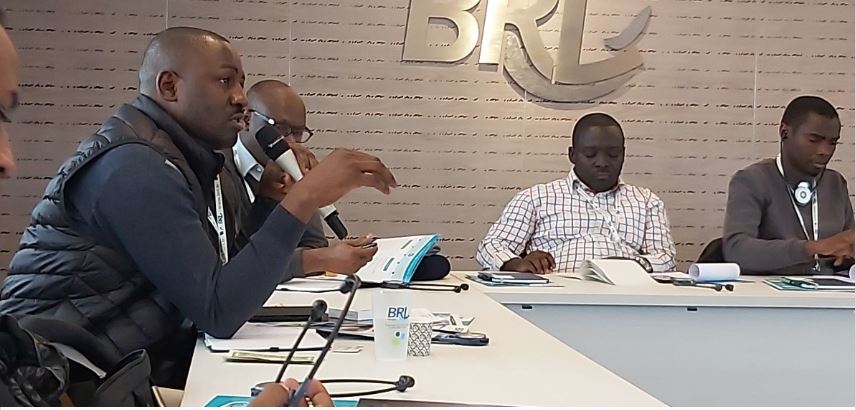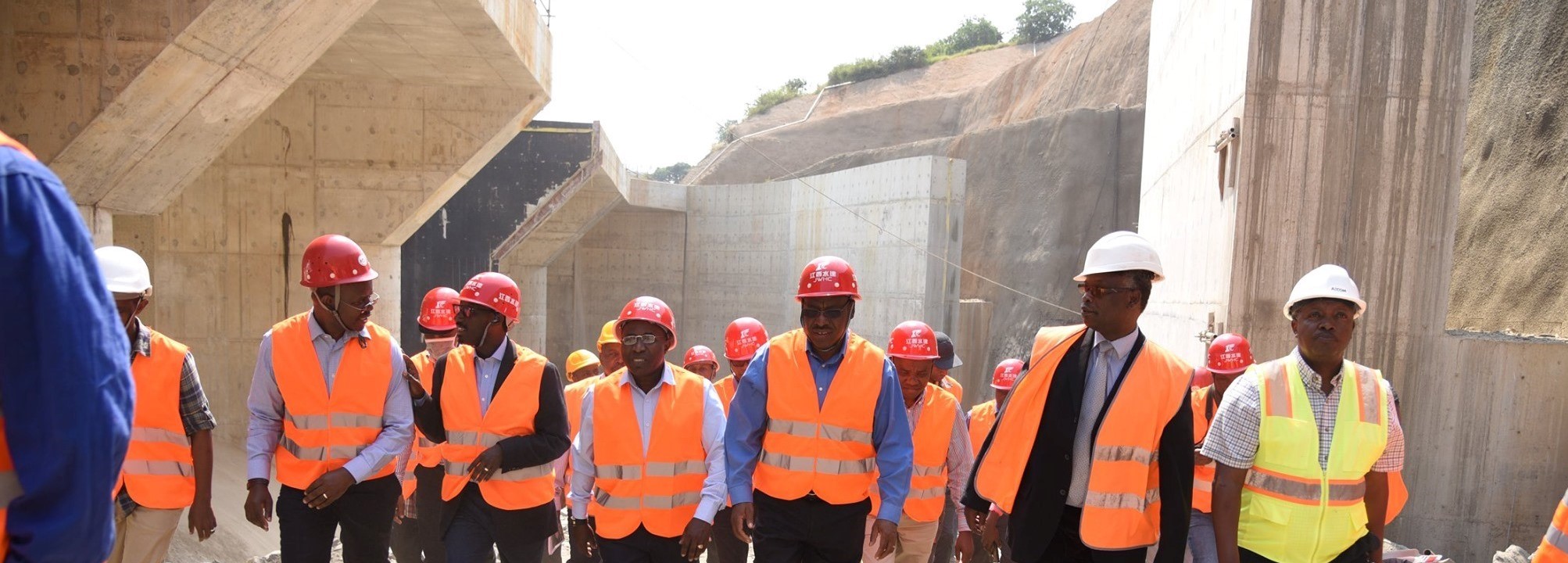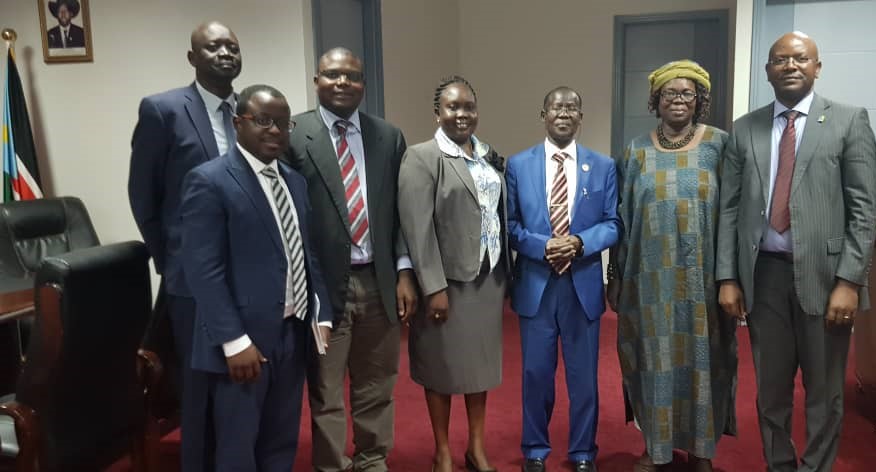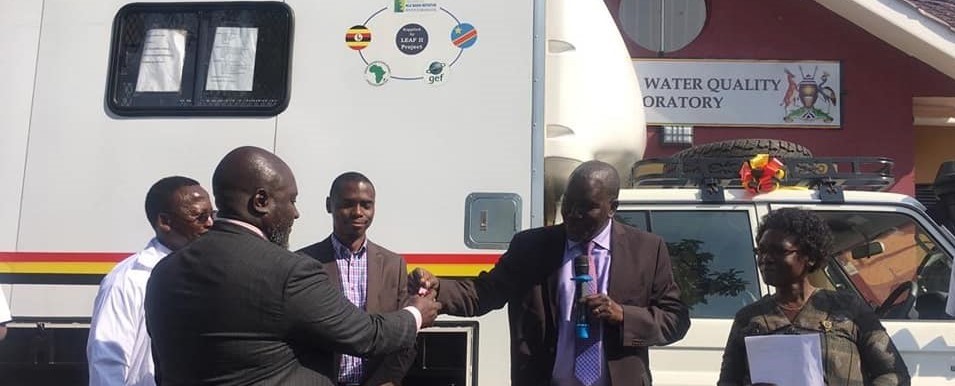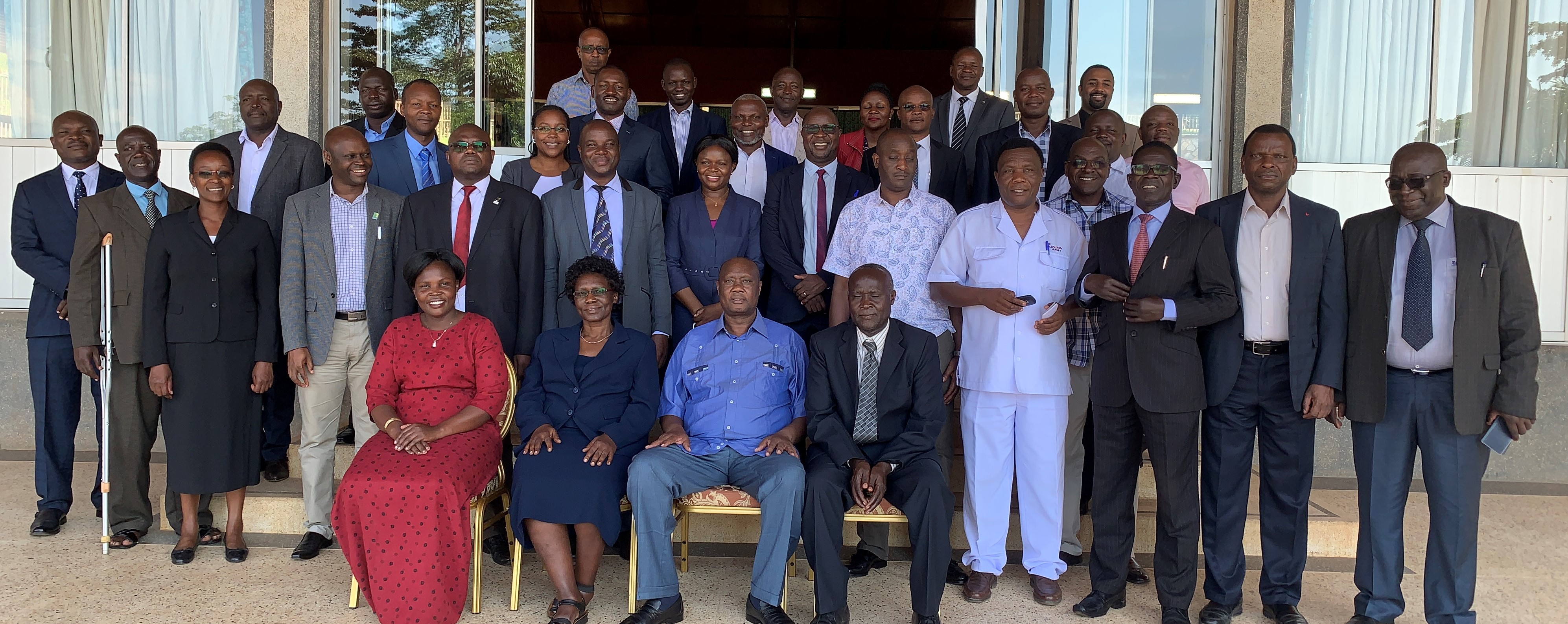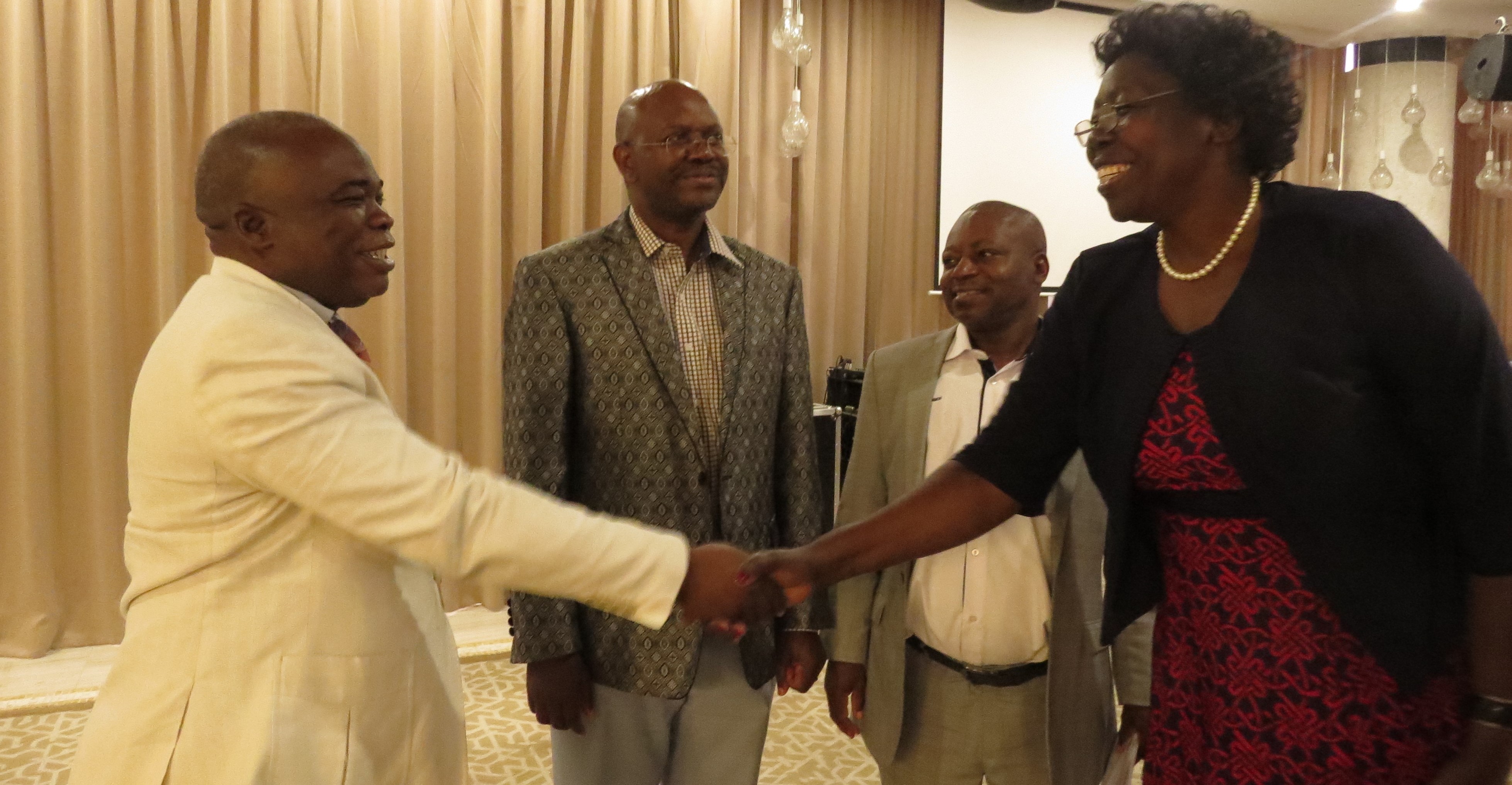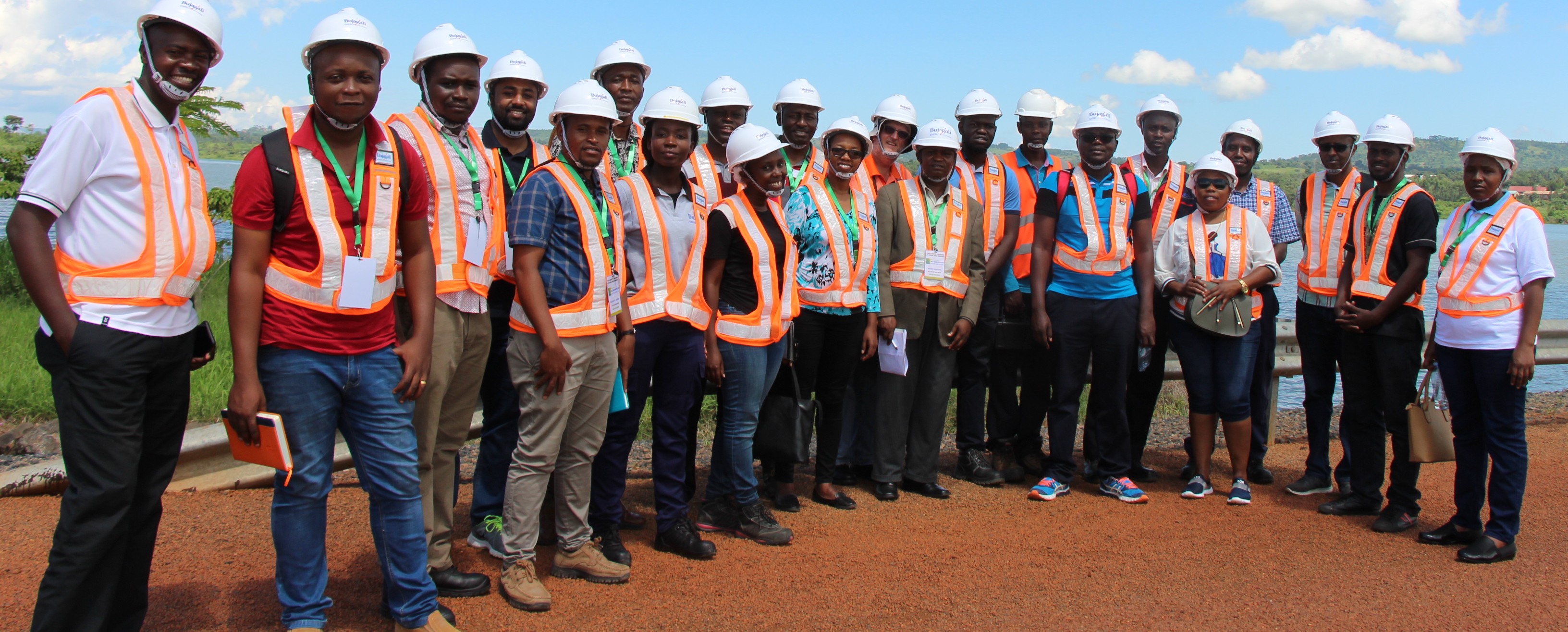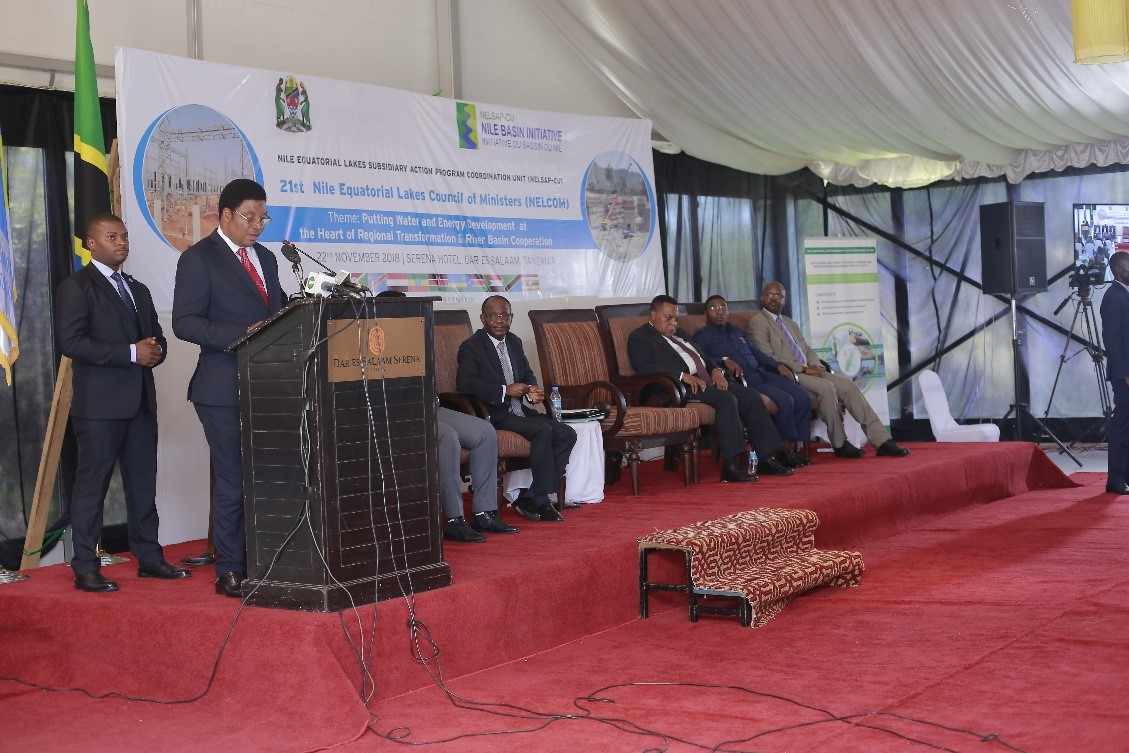The Nile Equatorial Lakes Action Program (NELSAP) conducted a training from 25th to 30th July 2016, at the Lake Victoria Water Basin offices in Mwanza Tanzania, aimed at improving water allocation for economic production and economic appraisal of water infrastructure development.
The training was attended by nineteen participants from the Ministry of Water and Irrigation, Lake Victoria Water Basin and Lake Victoria Environmental Management Project II.
The training comprised six modules. The first module included: (i) Objectives of water allocation, (ii) Basic Dimensions of water rights, (iii) Development of water law & implications to water allocation, (iv) Basic water rights doctrines (Riparian water rights, Prior Appropriation water rights), (v) Requirements for water allocation planning, (vi) Inter-basin water transfer formulae and their basis. Participants were provided with a case study to analyse and apply the principles offered in the module.
The second module included: (i) estimation of available water for economic development for a given reliability, (ii) Water allocation using linear rationing system, (iii) water allocation using prior appropriation, (iii) water allocation using unit benefit system, (iv) water allocation under equitable benefit policy, (v) Generalisation of water allocation equations and solving using linear programing, (vi) water allocation using the bottlenect algorithm and excel, and (vii) investion of hydrological data to fit probability distributions and test their goodness of fit. Participants ware given different water allocation scenarios and were required to use a linear programming software provided to them and allocate the water as appropriateley. Different policy options were provided to the participants and they were required to develop the different water schemes for each policy.
By the end of these two modules, participants were able to discuss possible policy adjustments required to implement a good water allocation program, skills that are required by the practitioners, hydrological monitoring required, types of water diversion structures and technical tools required. Participants were trained on different water allocation criteria and applicable water models for each criterion. An open source linear programming software (LiPS) was provided to the participants and was used in the case studies.
The third module aimed at defining the basic economic concepts used in financial and economic appraisal of projects based on cost benefit analyis. Participants were introduced to the following terms: (i) Discount Rates, (ii)Net Present Value (NPV), (iii) Internal Rate Of Return (IRR), (iv) Annuity and perpetuity, (v) Weighted Average Cost of Capital, (vi) Pay Back Period, (vii) Consumer Price Index (CPI) & Inflation, (viii) Working capital, (ix) Depreciation, (x) real and nominal values, (xi) Salvage values among others.
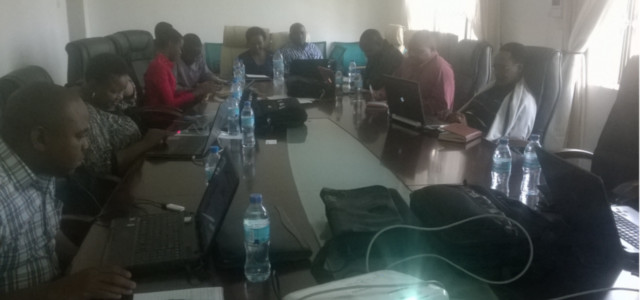
The fourth module looked at the financial project evaluation framework . This included : (i) preparation of the investment plans and tables, (ii) preparation of the operational plans and tables, (iii) preparation of the financial plans and tables, (iv) preparation of the cash flow tables based on sustainability and profitability respectively, (v) Derivation of the Financial Net present value and (vi) Financial Internal rate of Return.
The fitth module comprised pricing and finding economic values and included the following: (i) project counterfactual selection, (ii) allowing for contingency, (iii) direct transfers, (iv) sunk costs, (v) tangible and intangible benefits, (vi) shadow prices and secondary costs/benefits, (vii) marginal value product and opportunity cost, (viii) point of pricing and predicting future prices, (ix) financial export and import parity prices, (x)Adjustment for direct transfer payments (Taxes, Subsidies, Credit transactions that include loans, receipts, repayment of principal, & interest payments), (xi) Adjustment for price distortions in traded items, (xii) Adjustments for price distortions in nontraded items (Land, Labour, Excess capacity).
The sixth module passed participants through the preparation of the cost benefit analysis, using the incremental cost benefit ratio approach to estimate the optimal scale of projects and selecting from different combinations of project components to arrive at the most optimal setup. Using the skills trained in several sessions, participants managed to use the concept to develop their own case studies which were afterward presented.
The skills gained from the training will assist participants in their national programs on water allocation/permitting programs and also water resources development projects’ appraisal in areas like irrigation, reservoir development, water supply among others. With the gained skills, participants can select relevant metrics to design down stream agreements with neighbouring basins. Other basin development projects to benefit from the training include those being developed in collaboration with NELSAP/NBI.

